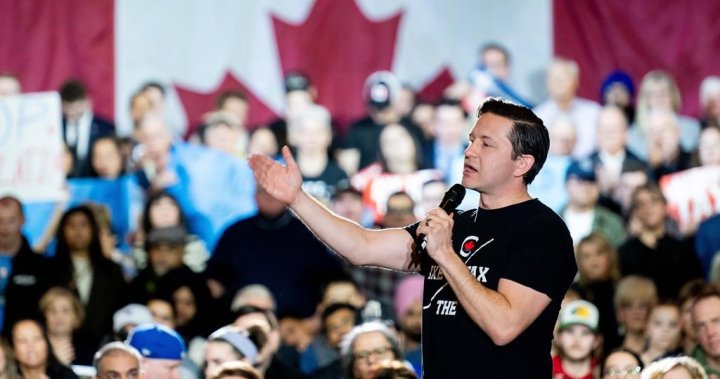The energy that once drove U.S. Democrats with the mantra “it’s the economy, stupid” has now been captured by Canadian Conservative Leader Pierre Poilievre. Millennial and Gen Y Canadians are turning to the Conservatives, with March 10 numbers from Abacus Data showing significant support for Poilievre among younger voters. Poilievre’s rallies are attracting a younger crowd, and interviews with first-time Conservative voters reveal that they see him as an outlet for their anger about the cost of living and quality of life. While many younger voters traditionally lean left-of-centre, Poilievre seems to be resonating with them in a different way.
For many young Canadians attracted to Poilievre’s message, it’s not necessarily his specific policies that draw them in, but rather his portrayal of working for everyday Canadians and rejecting the establishment. This sentiment is echoed by voters who appreciate Poilievre’s dynamic and engaging approach to addressing issues that have been historically ignored by conservatives. At Poilievre’s rallies, attendees talk more about the general thrust of his politics rather than specific legislative proposals, reflecting a broader trend in right-wing party appeal to younger voters in democratic countries.
Poilievre’s ability to capture the energy of young Canadians is evident in recent trends in right-wing party appeal to this demographic in countries like Portugal, the Netherlands, Germany, and France. Even the United States, which typically veers left in terms of youth vote choice, has seen a shift. In Canada, younger voters appear to be attracted to Poilievre’s sharp-elbowed approach to politics, embodying the sentiment of being “mad as hell and not going to take it anymore.” Whether this sentiment is based on real issues or a general dissatisfaction with the status quo remains up for debate, but it’s clearly present and seeking an outlet.
As younger Canadians express their frustration with the status quo and their desire for change, Poilievre’s Conservative movement offers a potential avenue for generational change within the party. The decline in voter turnout among younger demographics, as evidenced in past elections, suggests a potential for increased participation if younger voters are motivated to show up at the ballot box. The Liberals’ inability to manage or harness this dissatisfaction among young Canadians could play a significant role in shaping the outcome of the next election, whenever it may be called.
While the Conservatives may enjoy a commanding lead in national polling, the true test will be whether their newfound youth support translates to votes on election day. Regardless, the anger and energy of young Canadians who have found a home in Poilievre’s movement will likely continue to shape the party’s direction and potentially lead to a generational shift within the Conservatives. Poilievre’s ability to connect with younger voters based on their grievances and desire for change may prove to be a significant factor in the upcoming election, whenever it may occur.


